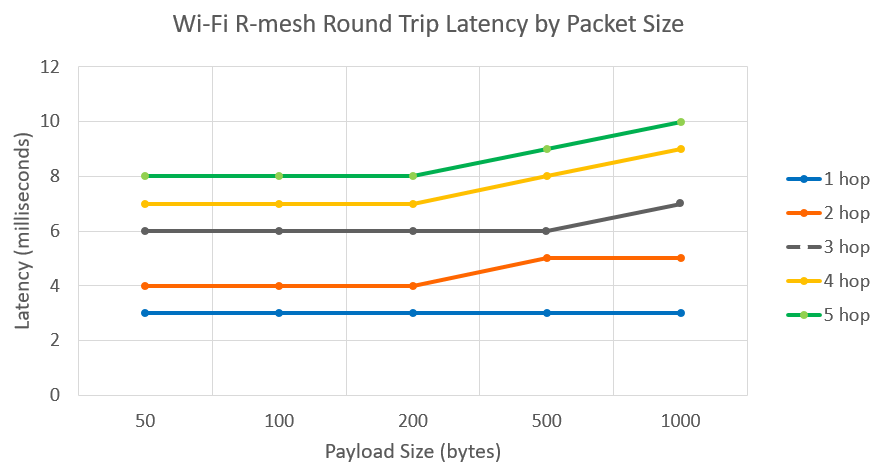Wi-Fi R-MESH

Wi-Fi R-MESH
Overview
Wi‑Fi R‑Mesh is an innovative tree-topology mesh network architecture designed to extend Wi‑Fi coverage. Through multi-level node collaboration, it effectively eliminates signal dead zones in traditional networks, enabling devices far from the AP to enjoy stable, high‑speed connectivity.
As shown on the right, the network supports multiple root nodes for broader coverage. Root nodes STA1 and STA2 extend to multi-level child nodes (STA1-0 to STA1-3 and STA2-0 to STA2-3), forming a clearly layered tree structure.
This technology is ideal for large-area scenarios such as villas and multi-story office buildings, using multi-hop relaying to achieve seamless signal extension and eliminate coverage blind spots.


With its innovative approach, Wi‑Fi R‑Mesh implements data forwarding directly at the Wi‑Fi driver layer, bypassing the complex processing of traditional TCP/IP protocol stacks, and significantly simplifying the Wi‑Fi driver layer (unlike conventional MESH where intermediate nodes need to create hotspots and establish Wi-Fi connections). This design greatly reduces resource consumption of SRAM memory and MCU computing power.
As shown on the left, data communication between end devices is transparent to R-MESH forwarding. Intermediate relay nodes perform low‑level forwarding between nodes via the "Wi‑Fi HW" and "Wi‑Fi Driver" layers.
The minimalist architecture of Wi‑Fi R‑Mesh significantly enhances real‑time performance. Even across multiple hops, it maintains high throughput and extremely low latency, making it particularly suitable for IoT and smart‑home scenarios that demand low power and high efficiency.
As shown on the right, as packet size increases, round‑trip latency across different hop counts (from 1 to 5 hops) grows very slowly. Even with 5‑hop transmission (green curve), the latency is significantly lower than that in traditional Mesh networks.

Advantages

- All Mesh protocols are implemented at Wi-Fi driver layer. Both root nodes and child nodes are regarded by the application as standard Wi-Fi stations connected to the AP.
- No updates are required for Wi-Fi configuration programs.

- Child nodes can rapidly switch to a new parent node with better signal quality without interrupting data communication.
- If the parent node encounters a problem (such as power off or hang), the child node can rapidly detect the issue and switch to an alternative parent node without interrupting data communication.
- A node can migrate all its child nodes together to a new parent node while maintaining uninterrupted data flow.

- R-Mesh forwarding bypasses the TCP/IP protocol stack, implemented directly at the driver layer, thereby consuming less RAM and MCU resources.
- With extremely short software processing time, better throughput and low data latency can be achieved even after several hops.

- Simplified software architecture eliminates complex routing table algorithms, ensuring network stability.
- Traditional mesh network issues like loops do not occur.
Typical Applications

Automatically network lights to operate without a central gateway, enabling whole-house intelligent lighting control.

Automatically network devices like soil temperature/humidity sensors and pest-monitoring cameras to overcome complex terrain limitations in farmland. Achieves synchronous data collection across expansive farmland and coordinated smart irrigation control.

Automatically network micro-inverter devices to effectively resolve signal coverage challenges in complex building environments. Enables real-time monitoring and remote control of distributed photovoltaic units.



